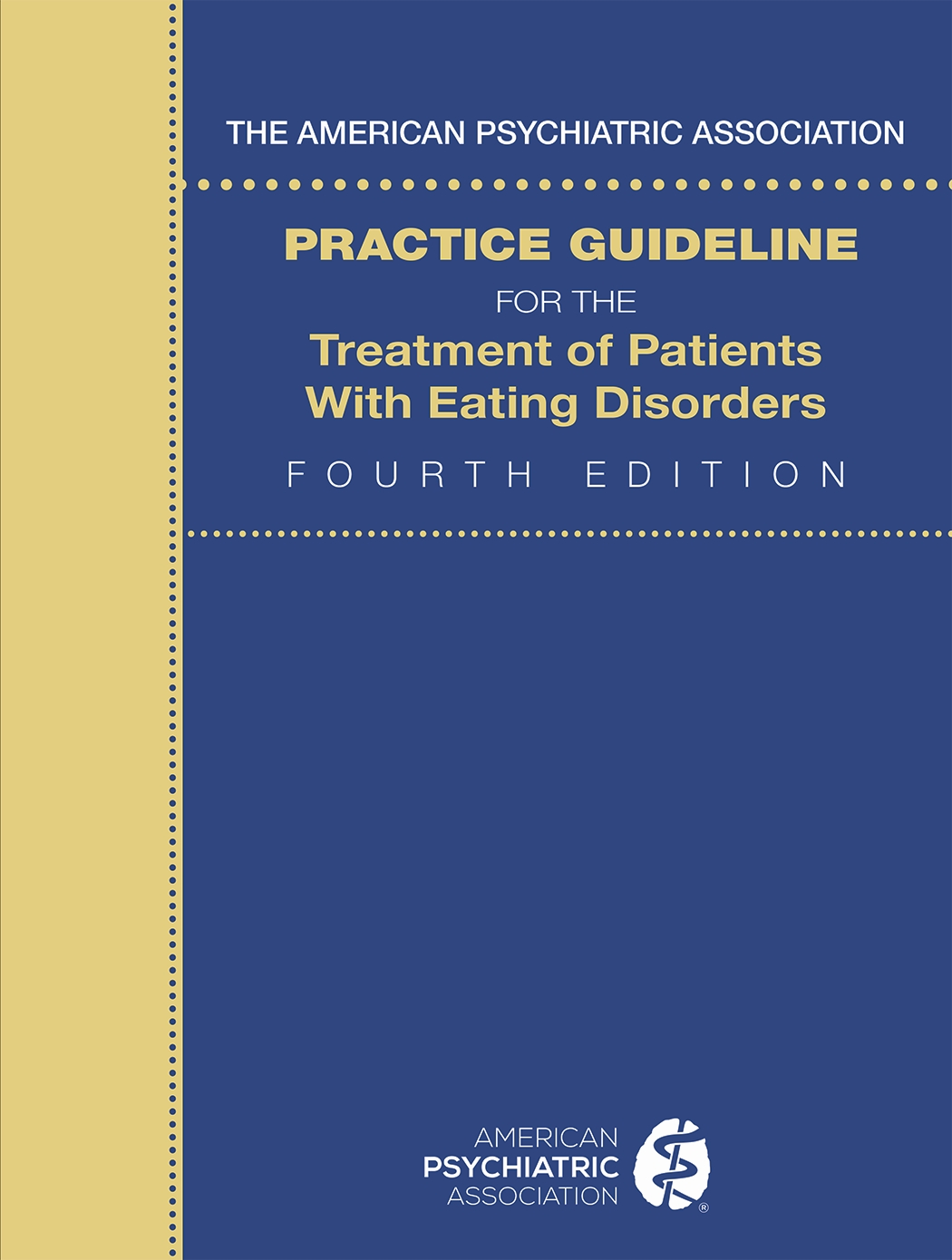Areas for Further Research
Prevention, Screening, and Assessment
Treatment Planning
Anorexia Nervosa
Bulimia Nervosa
Binge-Eating Disorder
Avoidant/Restrictive Food Intake Disorder
Other Specified Feeding and Eating Disorders
Ethical Issues in Eating Disorder Assessment and Treatment
Study Design Considerations
Information & Authors
Information
Published In
Authors
Metrics & Citations
Metrics
Citations
If you have the appropriate software installed, you can download article citation data to the citation manager of your choice. Simply select your manager software from the list below and click Download.
For more information or tips please see 'Downloading to a citation manager' in the Help menu.
